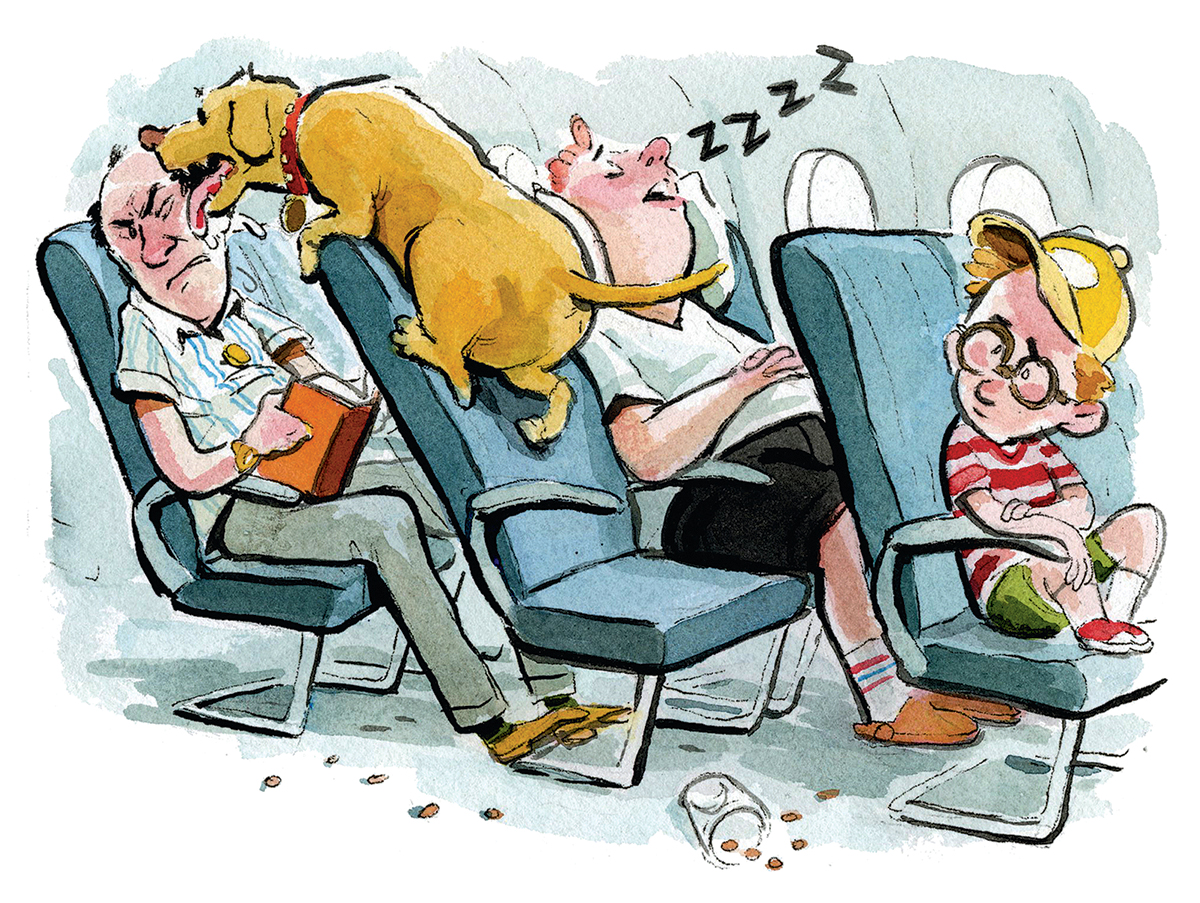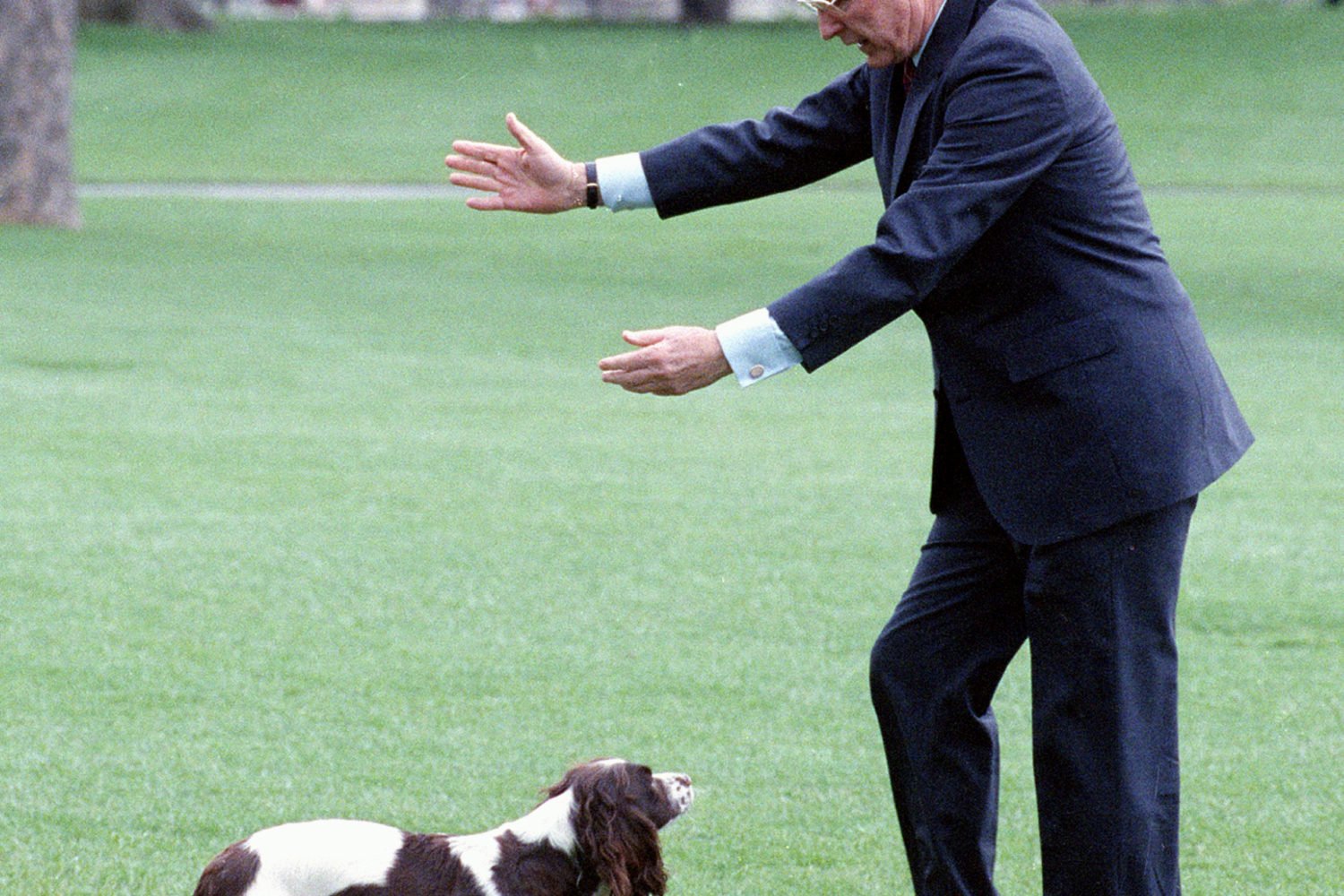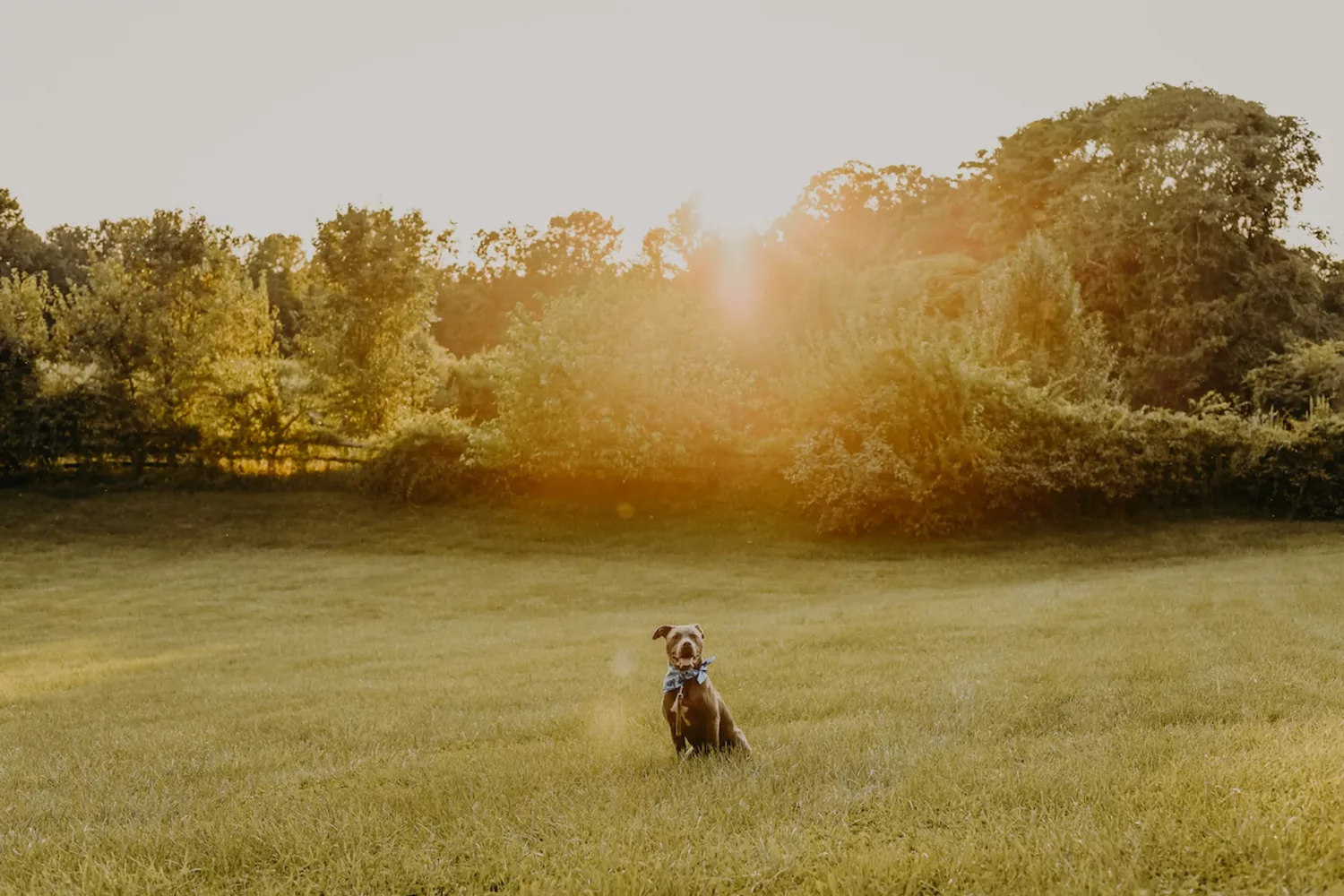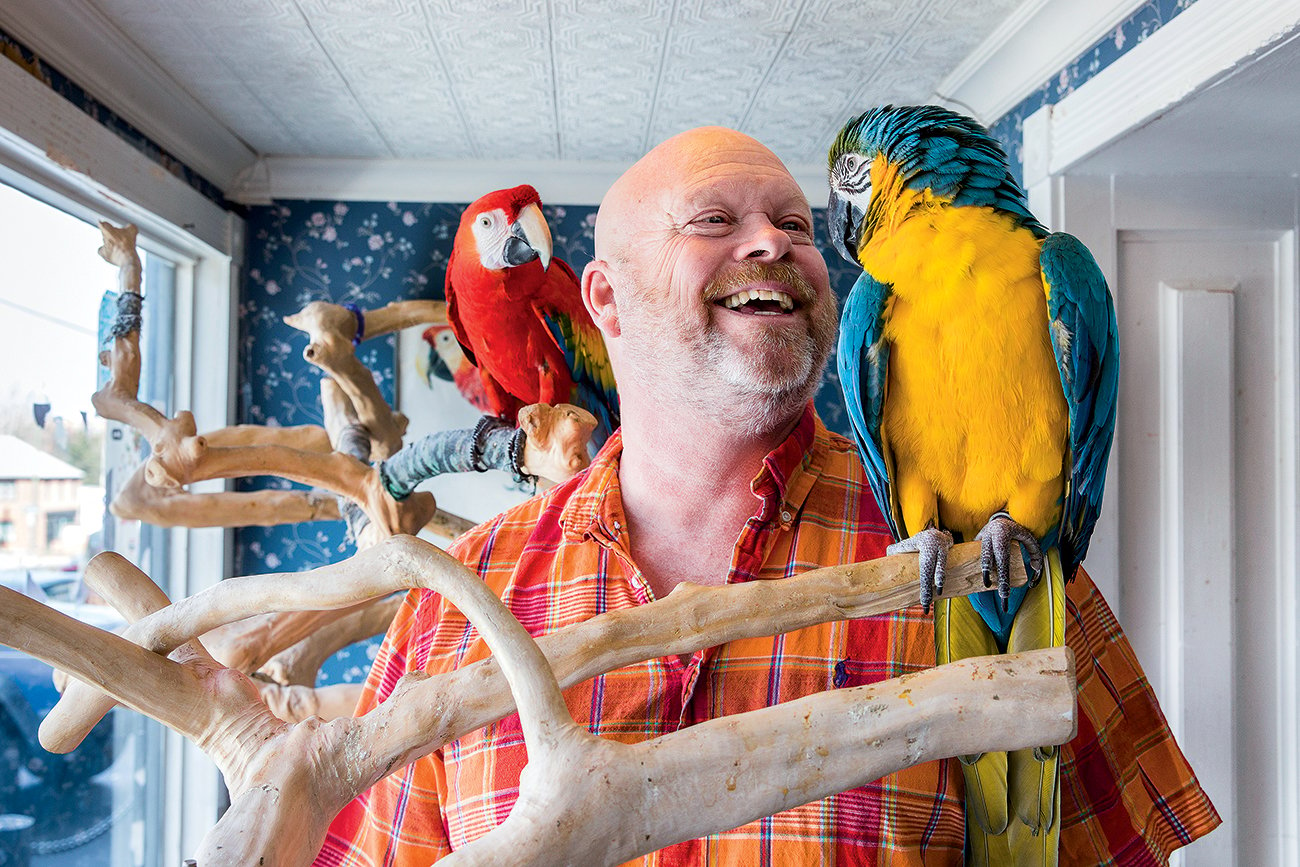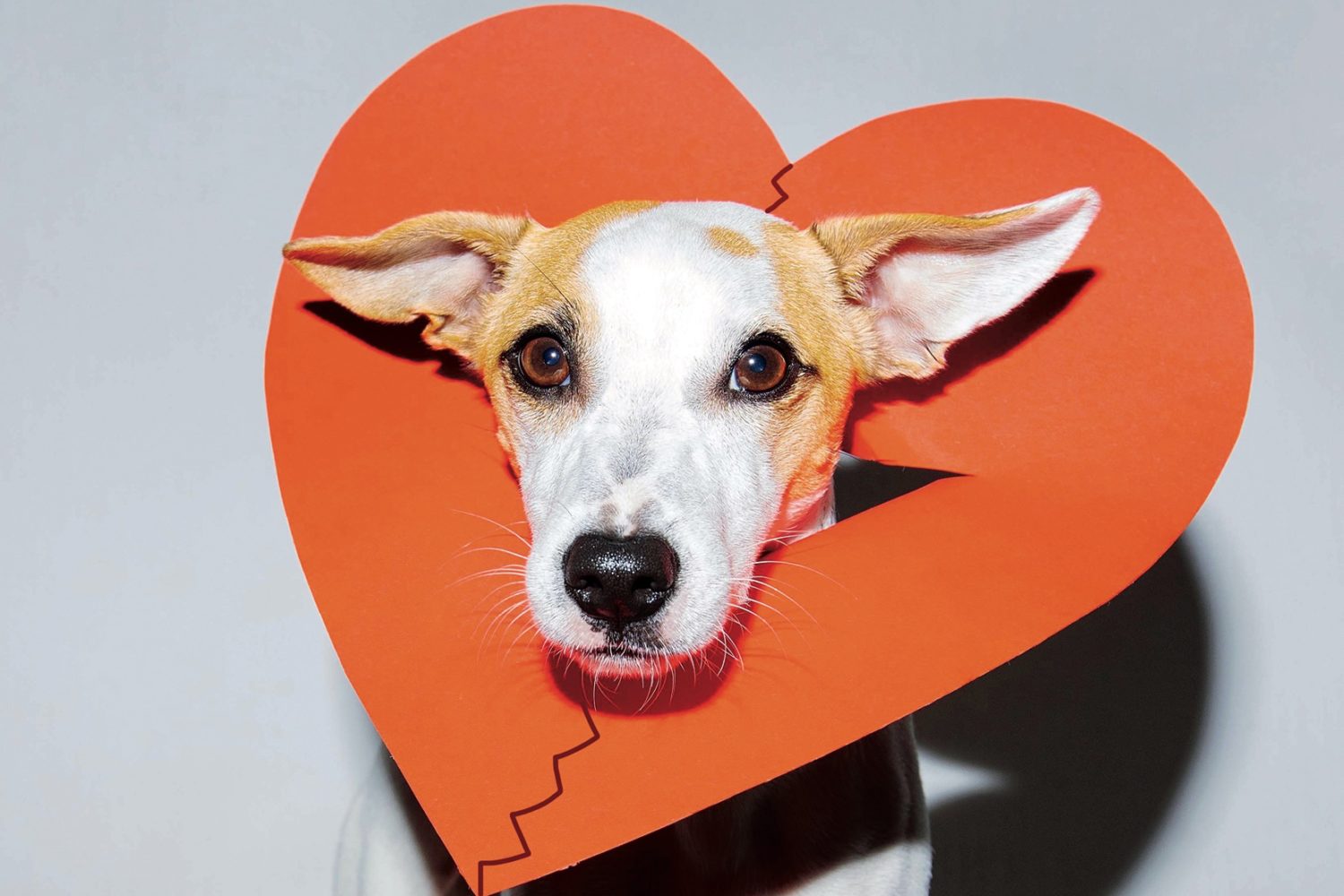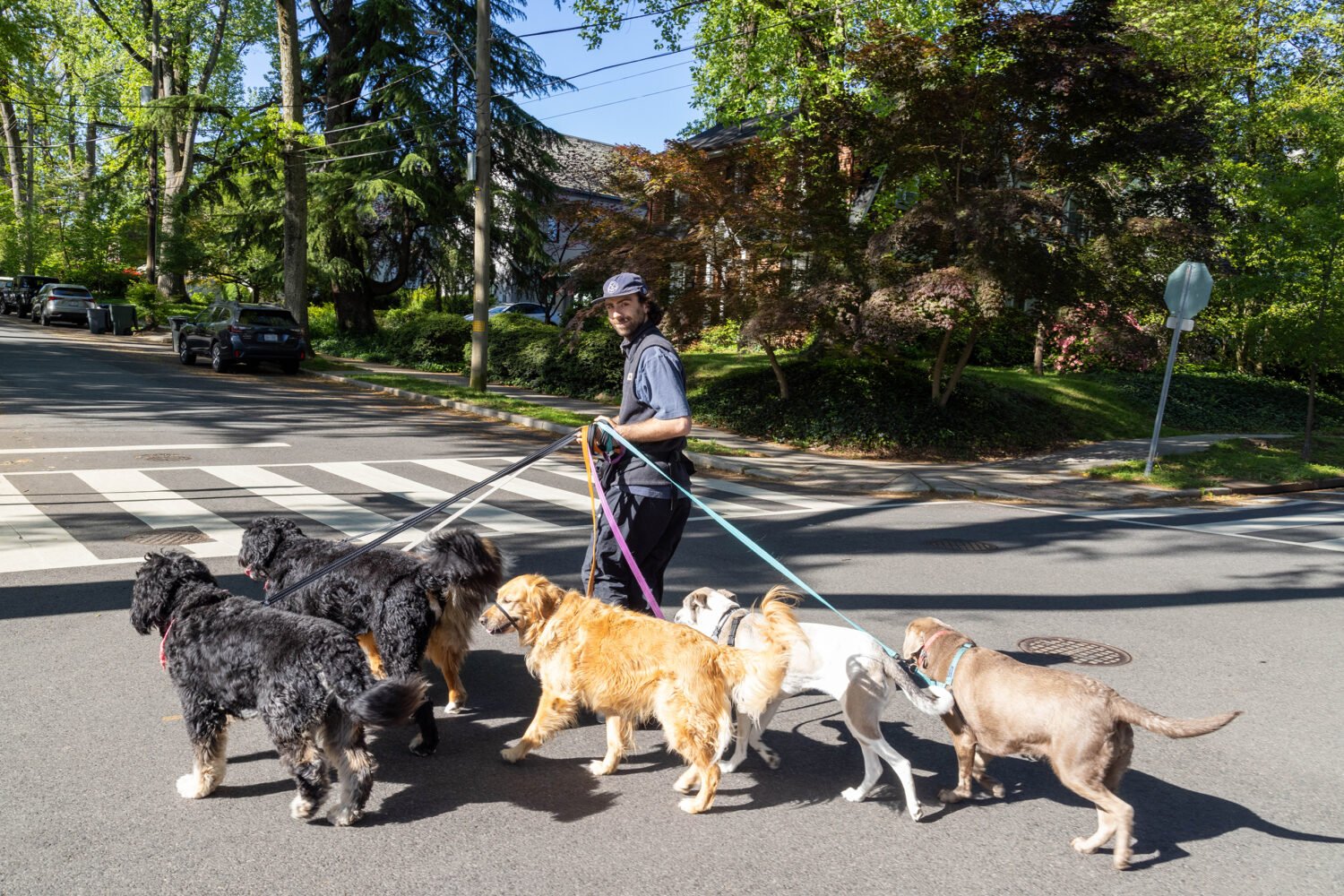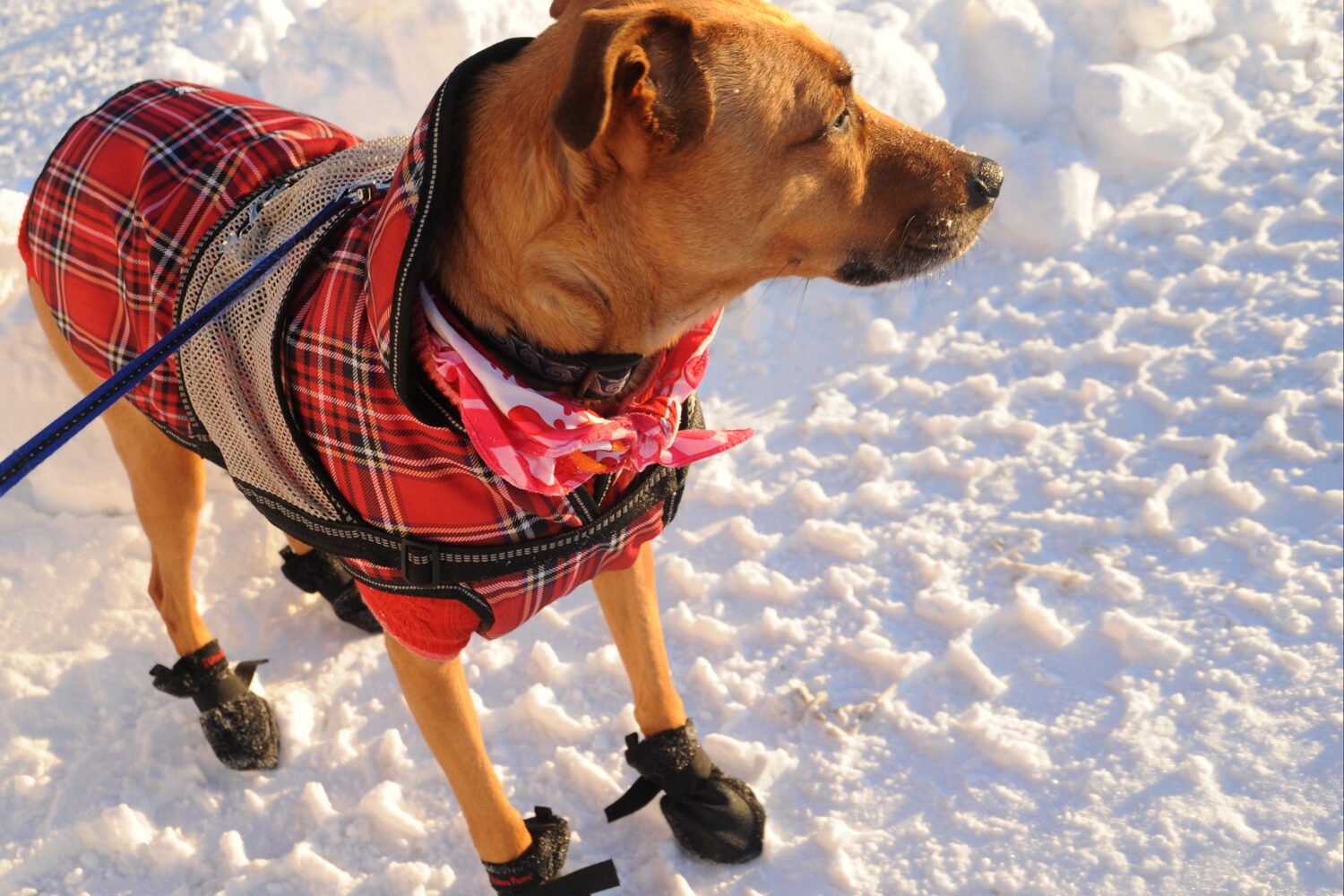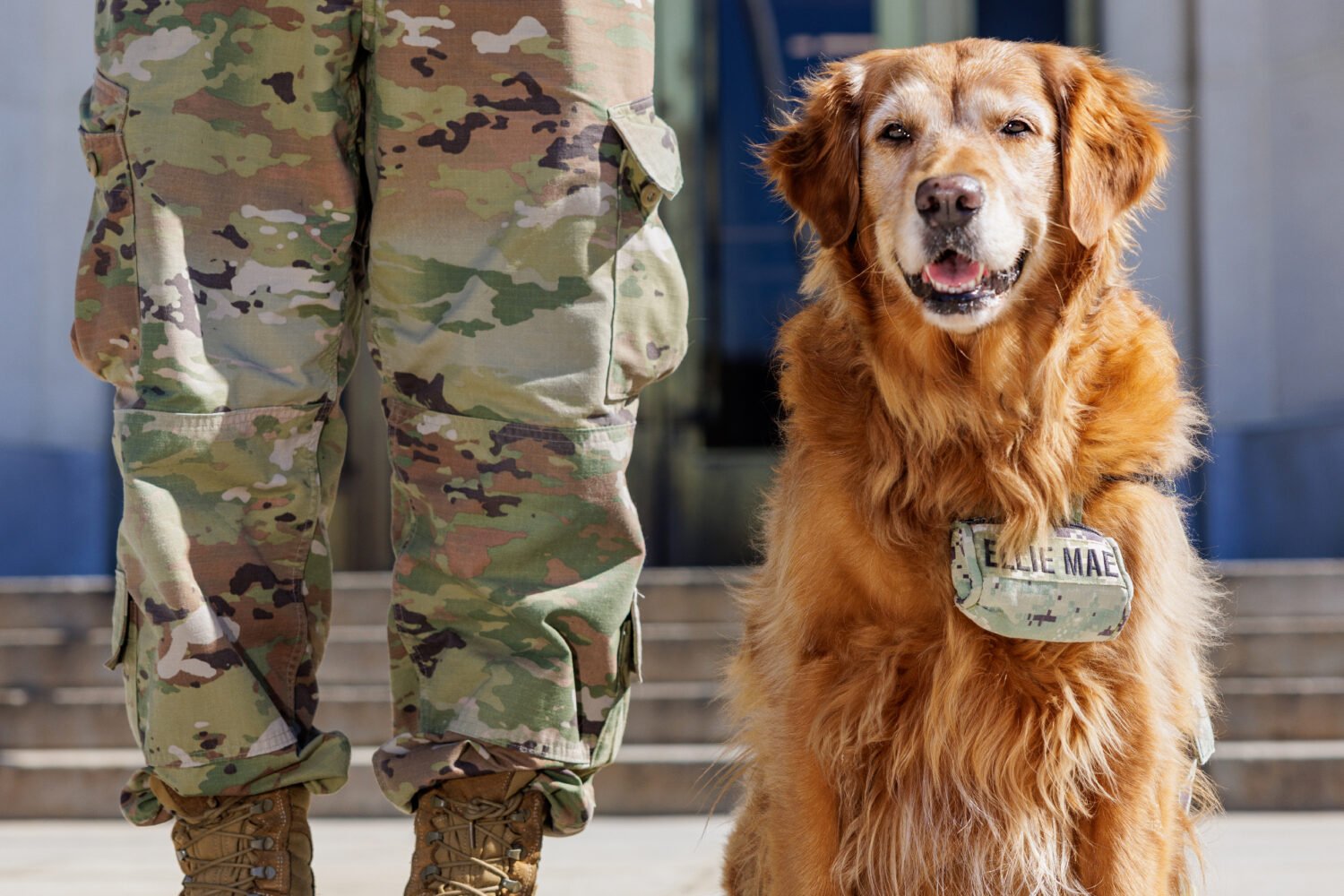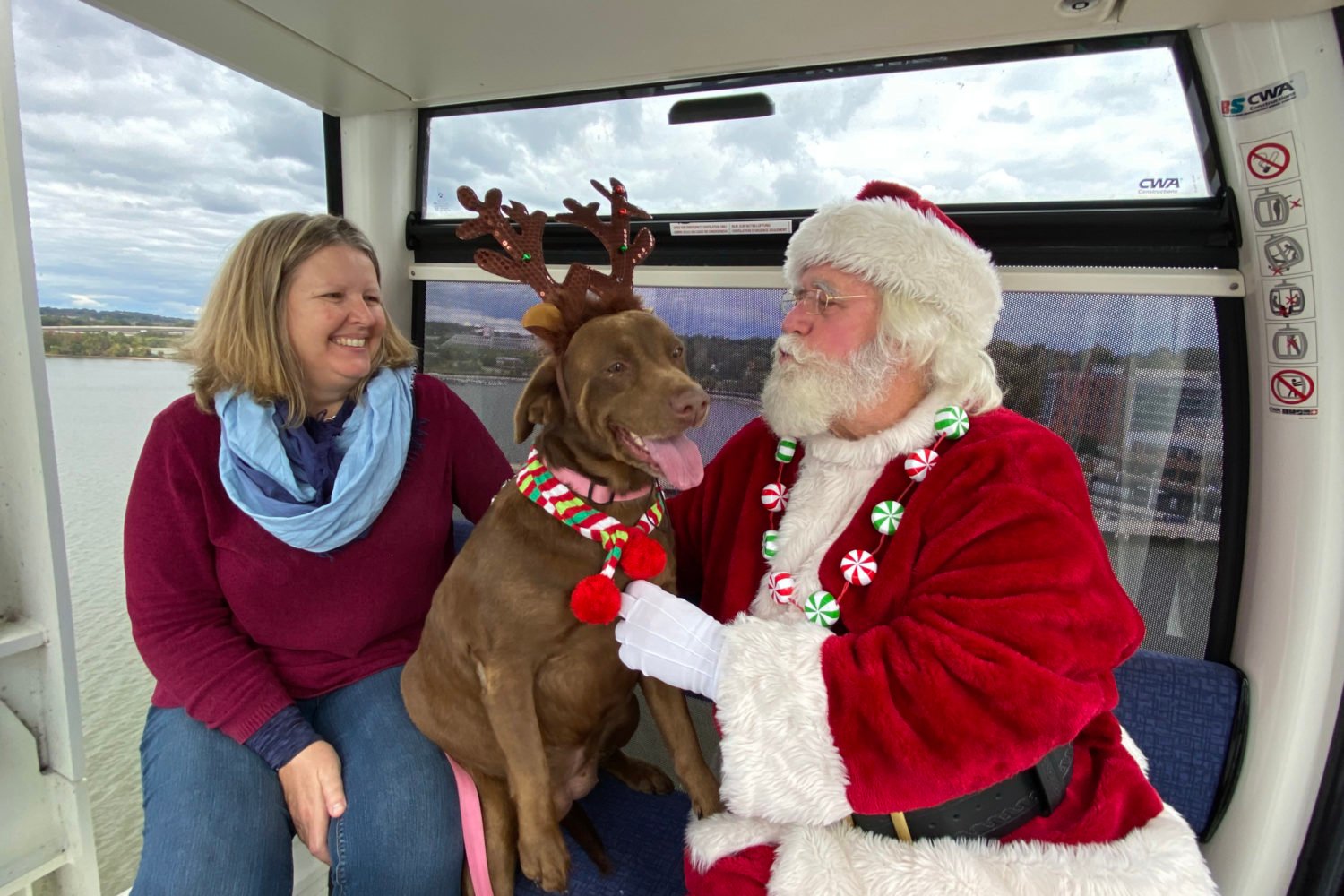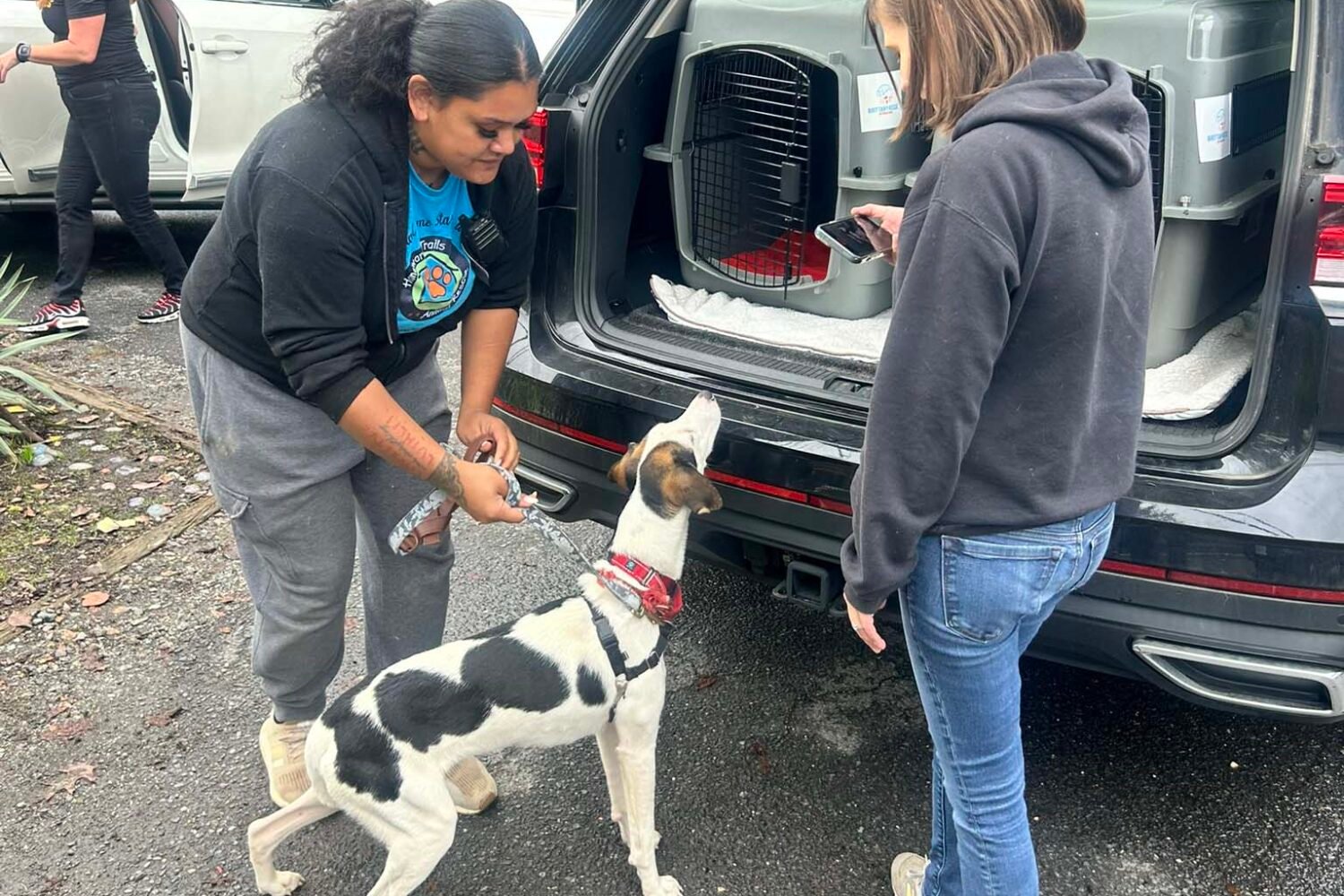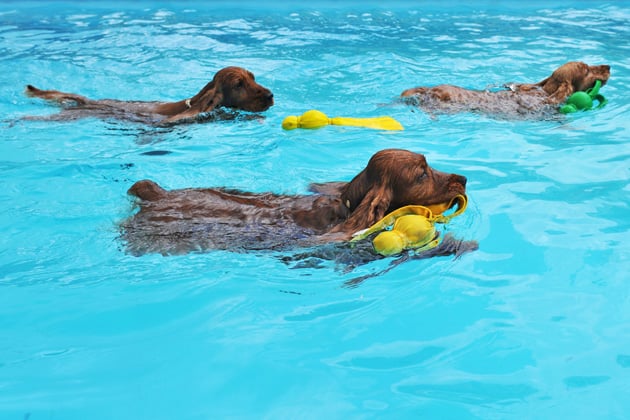Traveling pets—and their discourteous owners—have gotten a bad rap lately. You might have heard about the woman who wanted to bring a peacock aboard her flight, for instance, or the Labrador who bit another passenger. As a result, airlines such as United and Delta have tightened restrictions on bringing along animals.
How can summer travelers be both polite and conscientious? Whether you’re on the road with a service or emotional-support animal or just bringing your pet for fun, here are ways to restore animals’ good name.
Car Travel
Renting a car? Heather Vaughan, cofounder of the community group DC Dog Moms, reminds you to cover seats with a blanket or pad and to get the rental company’s okay in advance to bring a pet. In any vehicle—a rental or your own—make sure you have a safety restraint or carrier. Driving with a cat or dog loose or on your lap can lead to distracted driving and accidents.
At rest stops, see if there’s a designated pet-relief area before letting your dog go just anywhere. Whether you’re traveling with a service animal or a pet, don’t hesitate to tell others to respect the animal’s space.
Being in an unfamiliar locale can heighten anxiety for pets, and being approached by strangers only makes things worse. When people reach for his dog, Trooper, Henry Kisor—coauthor of the forthcoming book Journeys With Working Dogs: Navigating Service Animals Across North America—says he tells them, “He’s a service dog, and he’s working. Please let him be.”
Air Travel
In a plane, animals generally must remain in their soft carriers under the seat, not on a lap or roaming the aisles. Even if your pet is very well behaved, remember that “other passengers may have allergies to cats and dogs or may just not like pets,” says Mary Peng of Beijing’s International Center for Veterinary Services, who regularly leads information sessions on traveling to and from China with pets.
Peng recommends lightly covering your carrier with a blanket, because dark places can keep pets calm. Making friends with the passengers around you—thanking them for their patience, apologizing in advance if your dog barks during the flight—can go a long way, too.
Rebecca Bolch, an associate veterinarian at the District’s Friendship Hospital for Animals, advises getting cats and dogs accustomed to their carriers by serving meals or leaving treats or toys inside well before your trip. She also recommends exposing timid animals to the chaos of a busy airport ahead of time, so they’re less likely to freak out on travel day.
“Walk them around Reagan or Dulles to get them used to people, noises, and smells,” she says. Taking an advance field trip is also an opportunity to locate pet-relief areas. Dulles, Reagan, and BWI all have them.
Out and About
Research your hotel’s policies, Vaughan says, because “pet-friendly” doesn’t mean the same thing everywhere. Some hotels require that if you leave the room, pets must stay in crates for housecleanning services. If your dog is a barker, keep absences short. For cats, ask ahead of time if the hotel provides litter boxes, or play it safe and bring a disposable one.
At restaurants, don’t allow anyone to offer table scraps, says Kisor, because few people want a furry diner staring at them as they tuck into their burger: “I consider it a victory when, after an hour in a restaurant with Trooper lying quietly out of sight under the table, we get up and an adjoining diner exclaims, ‘I didn’t even know he was there!’”
This article appeared in the July 2018 issue of Washingtonian.

